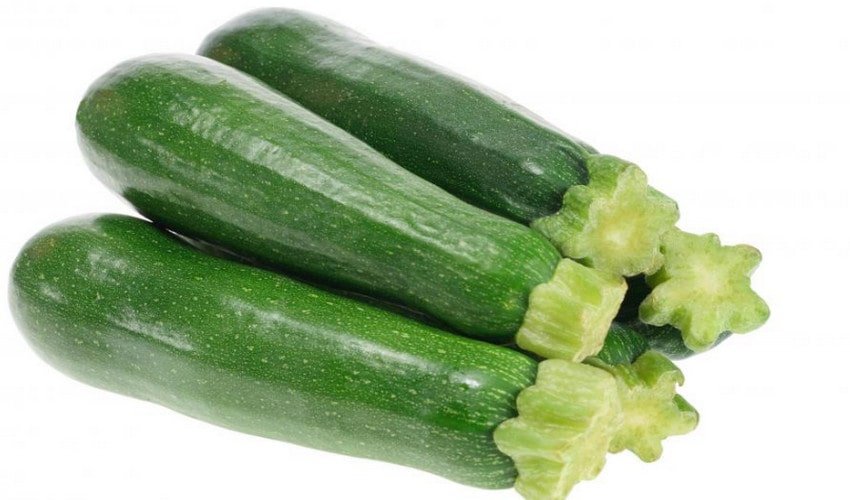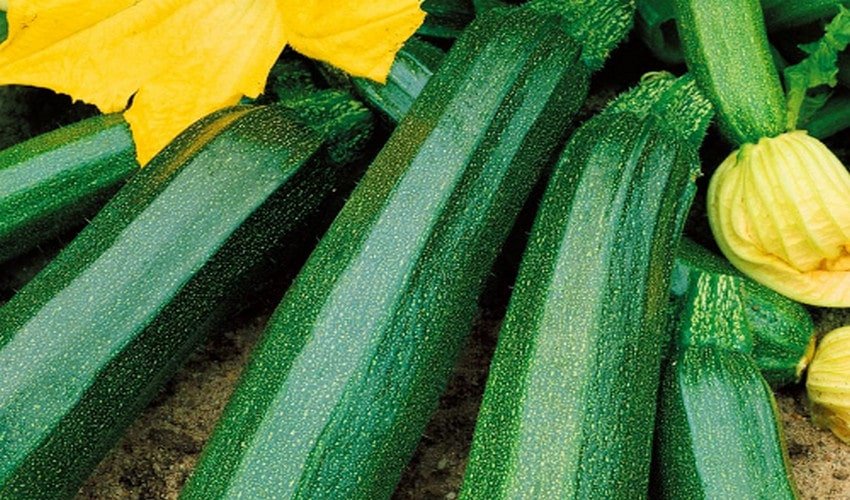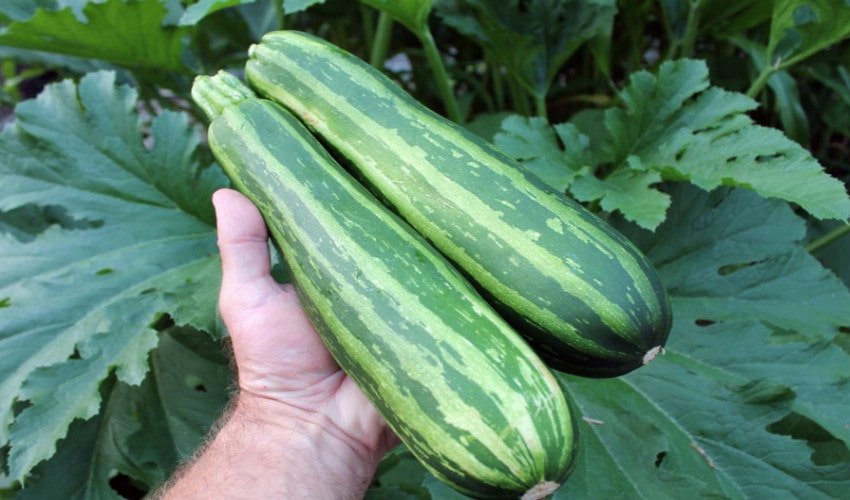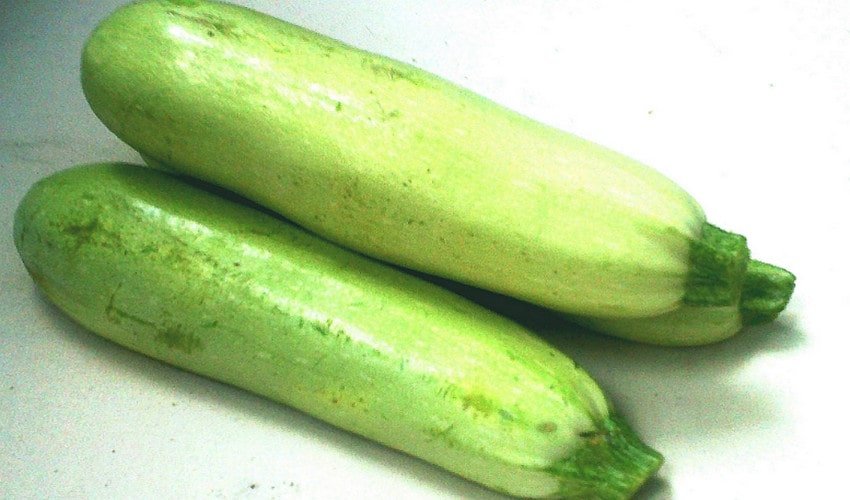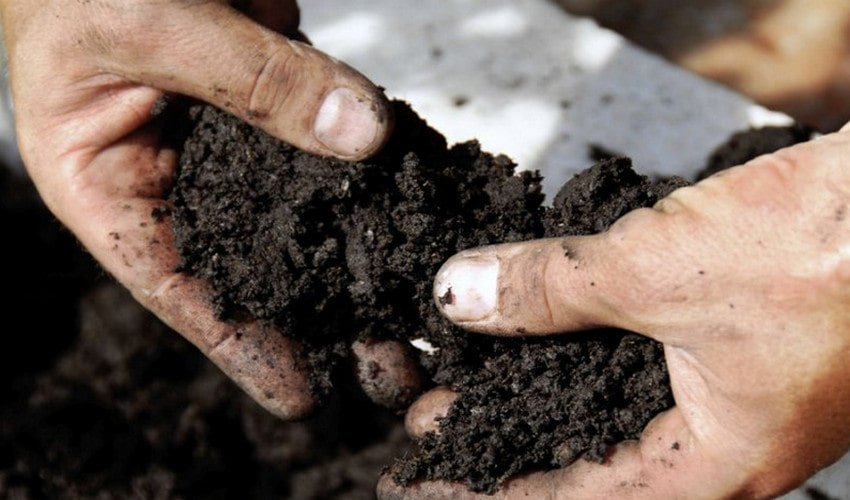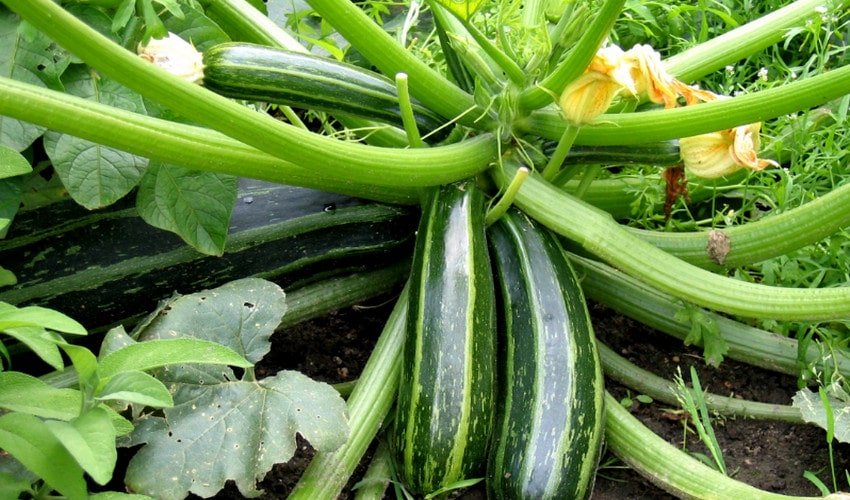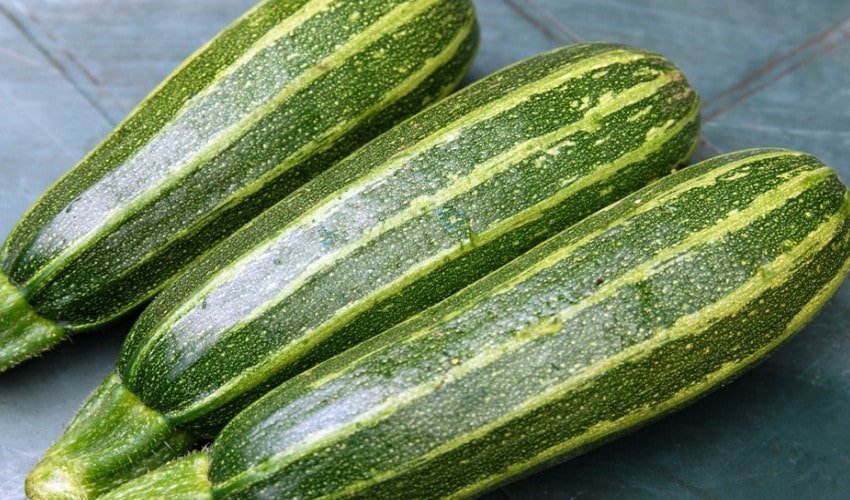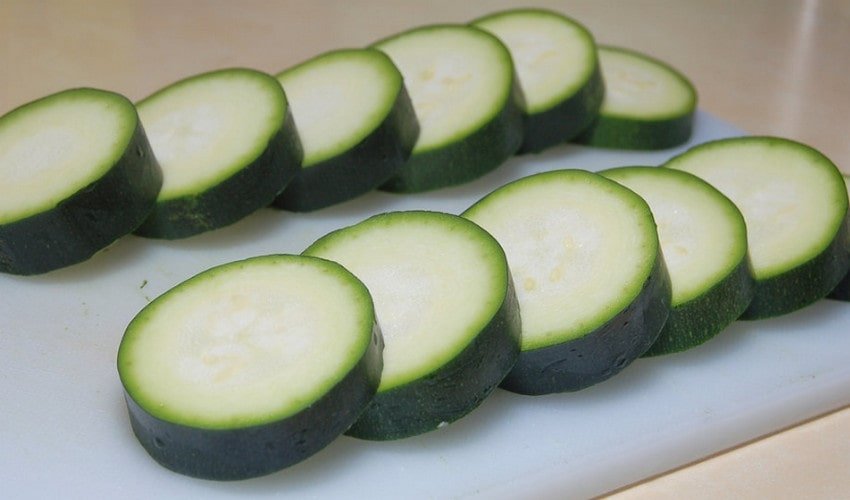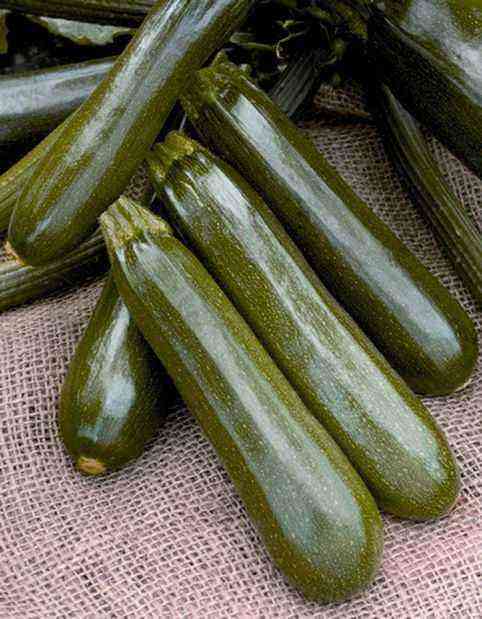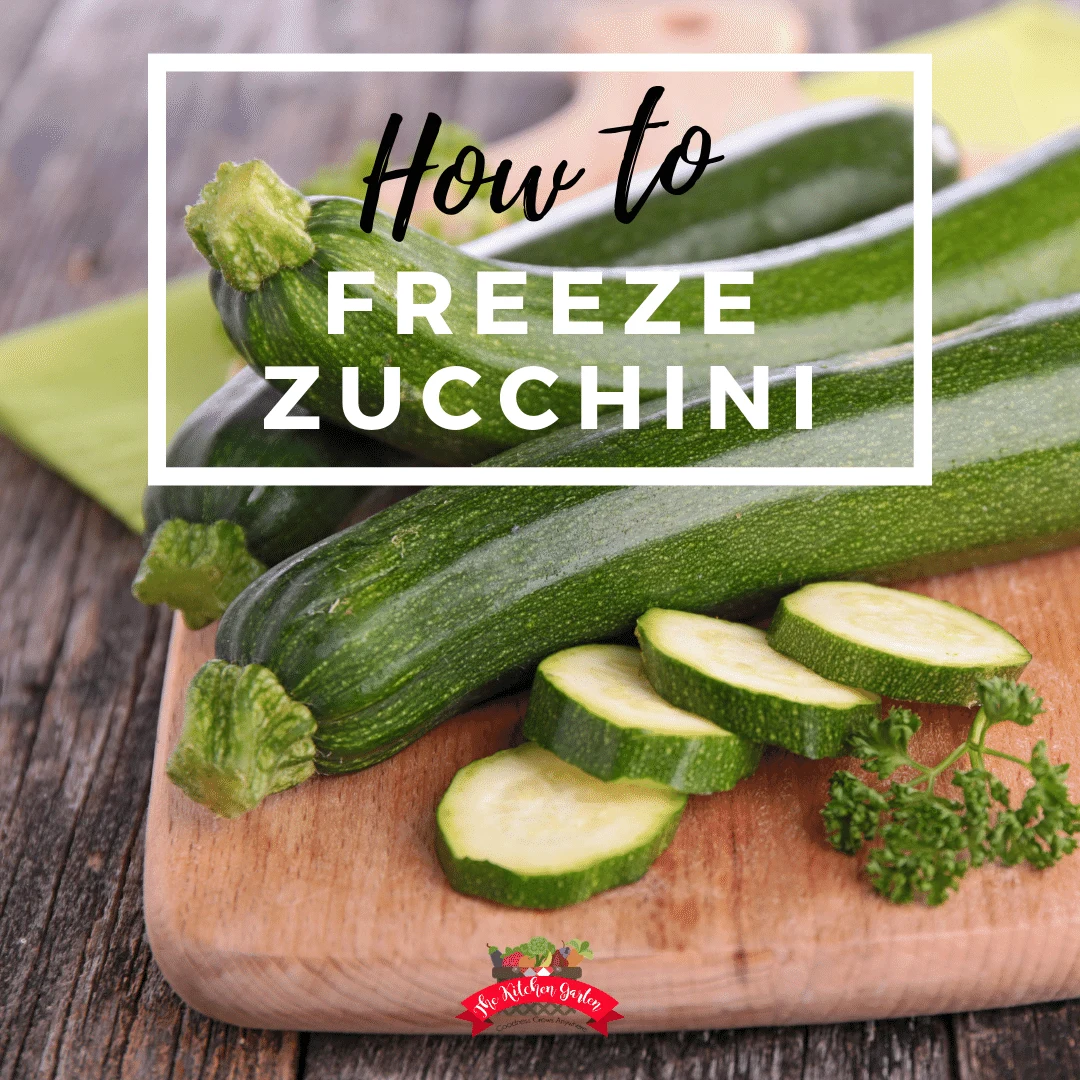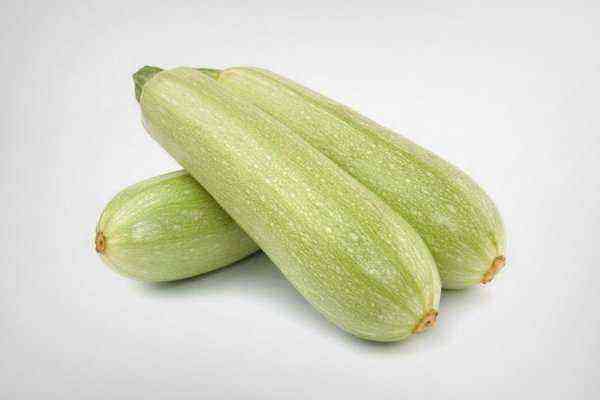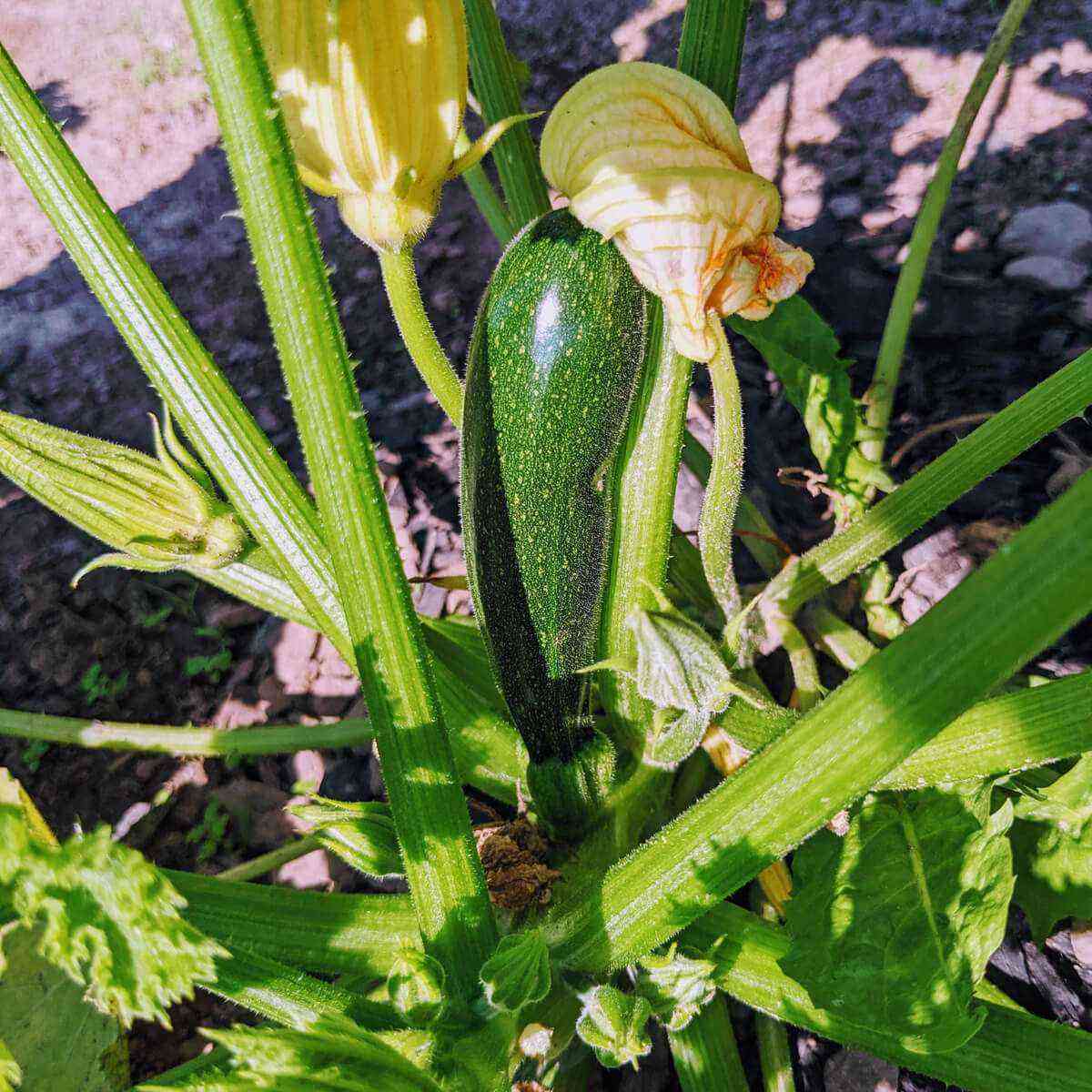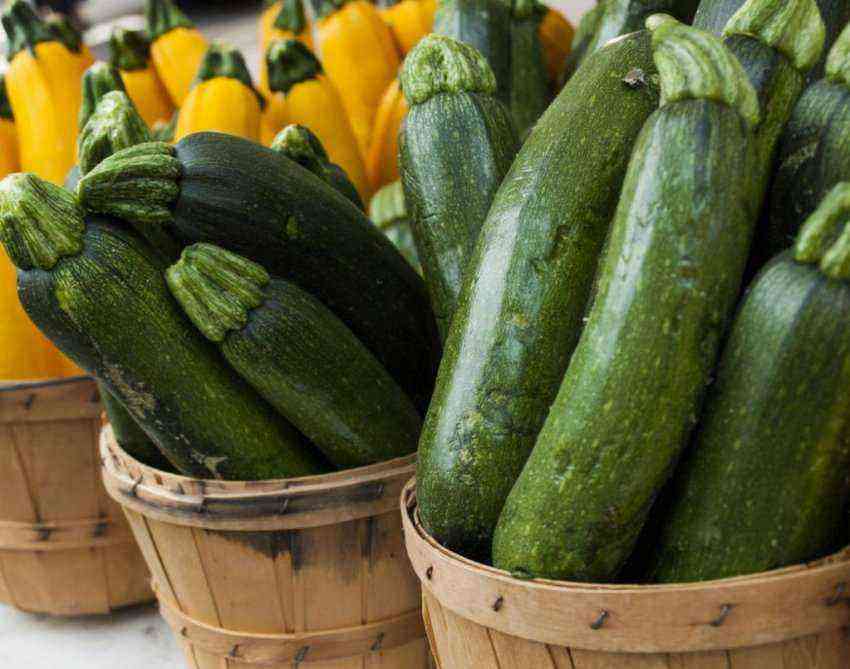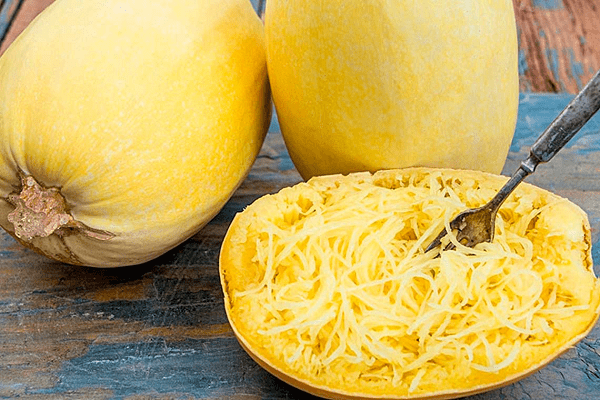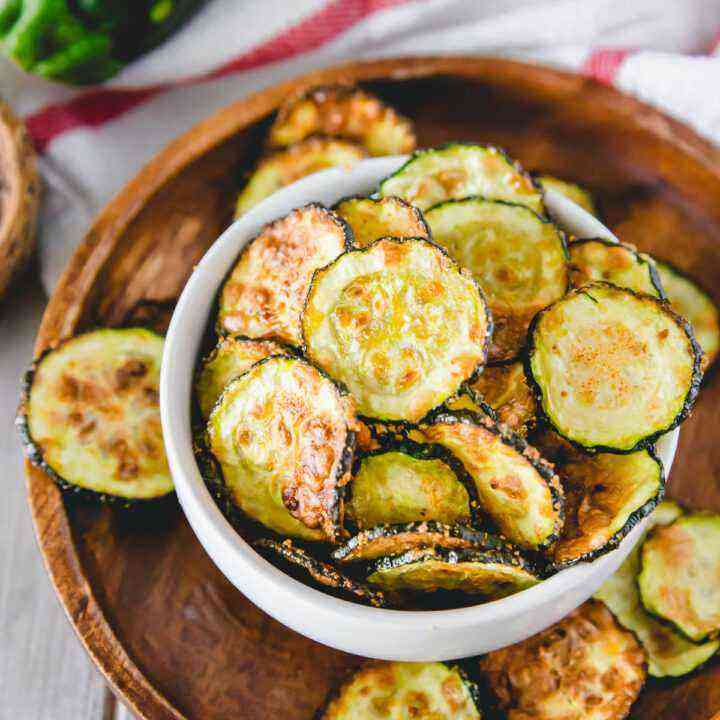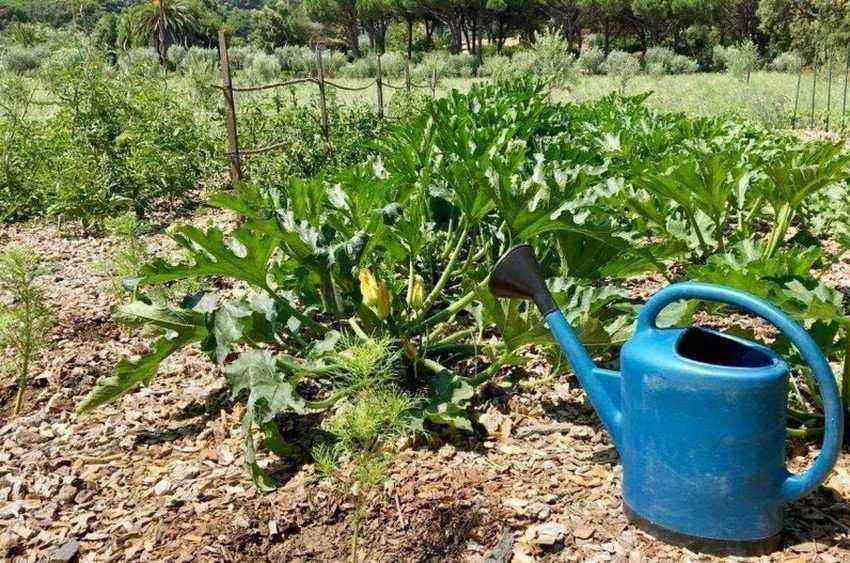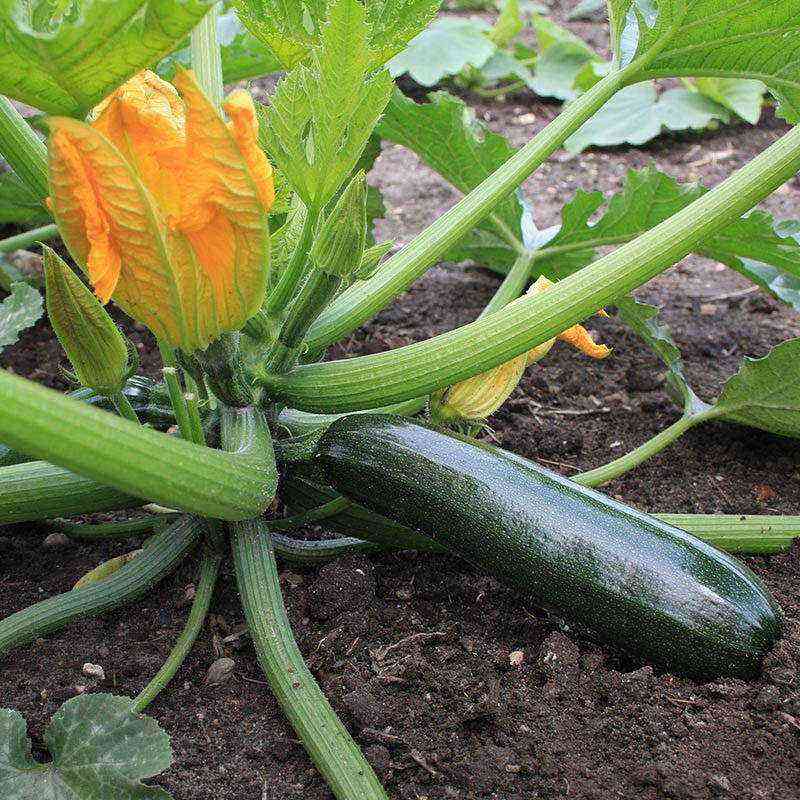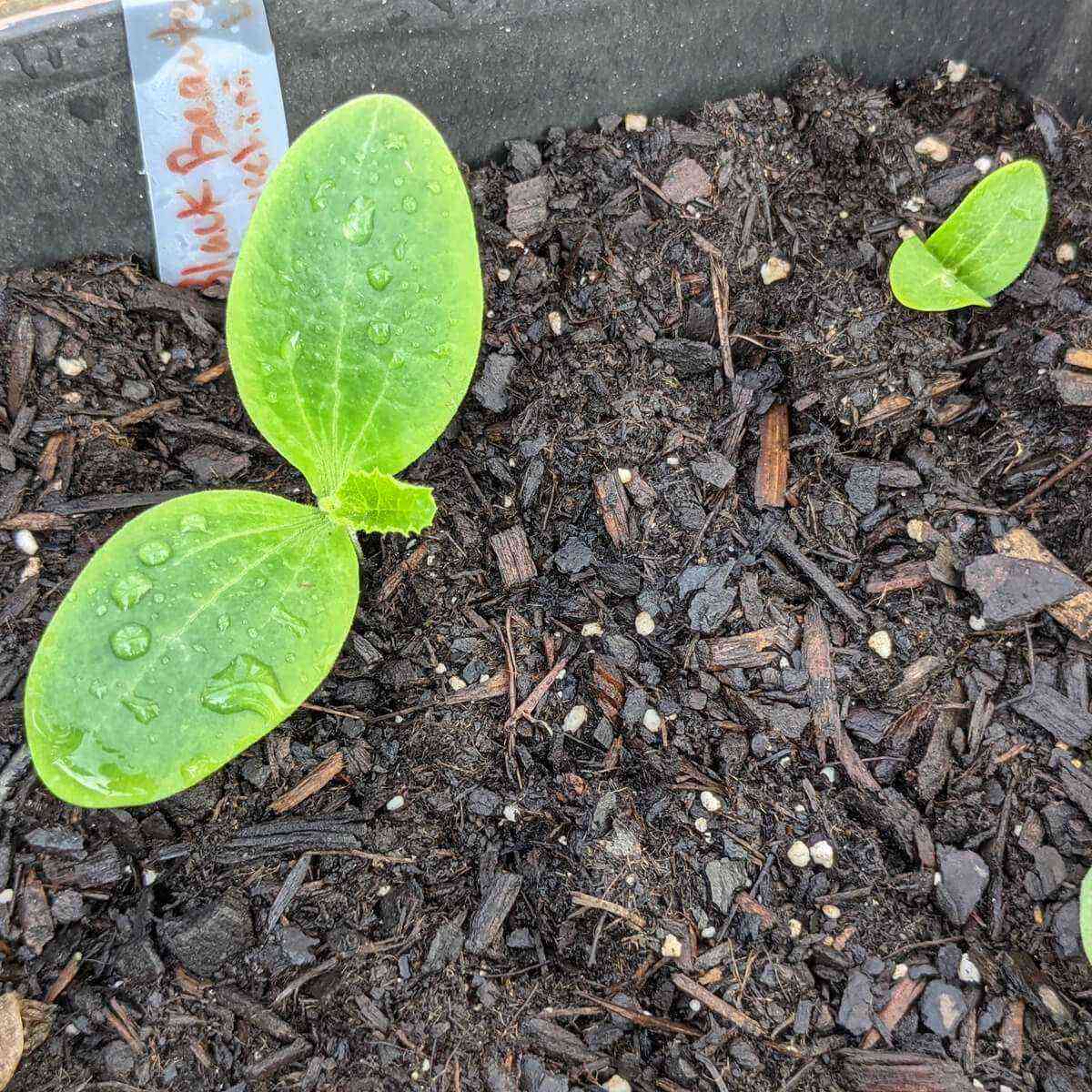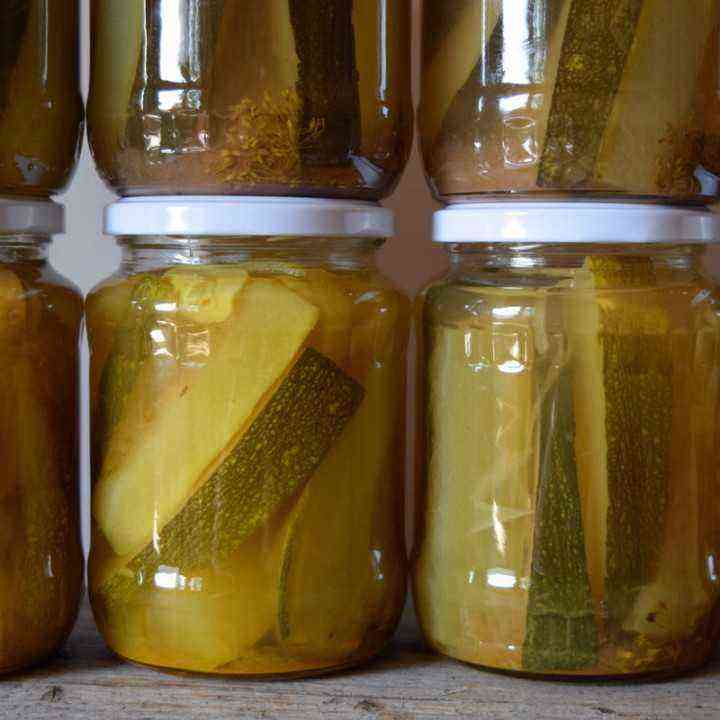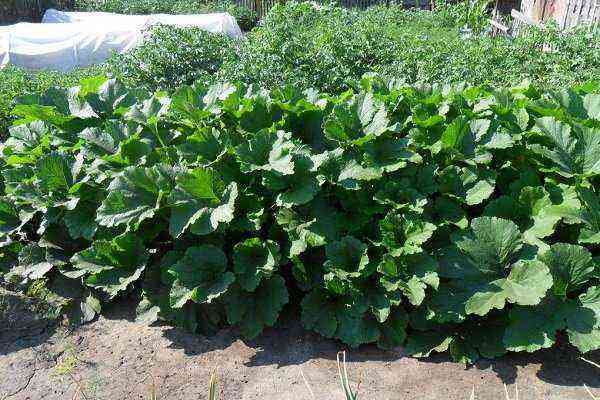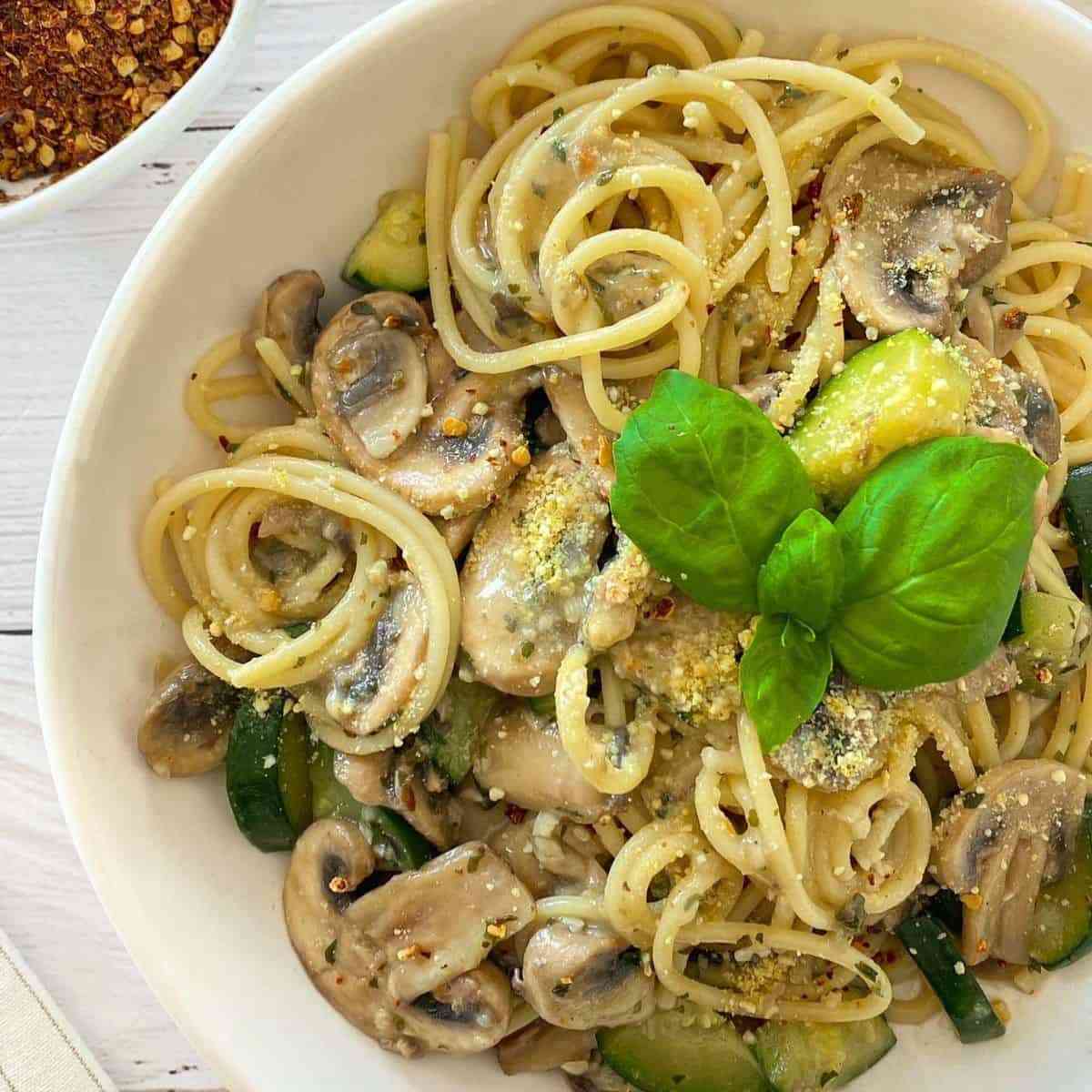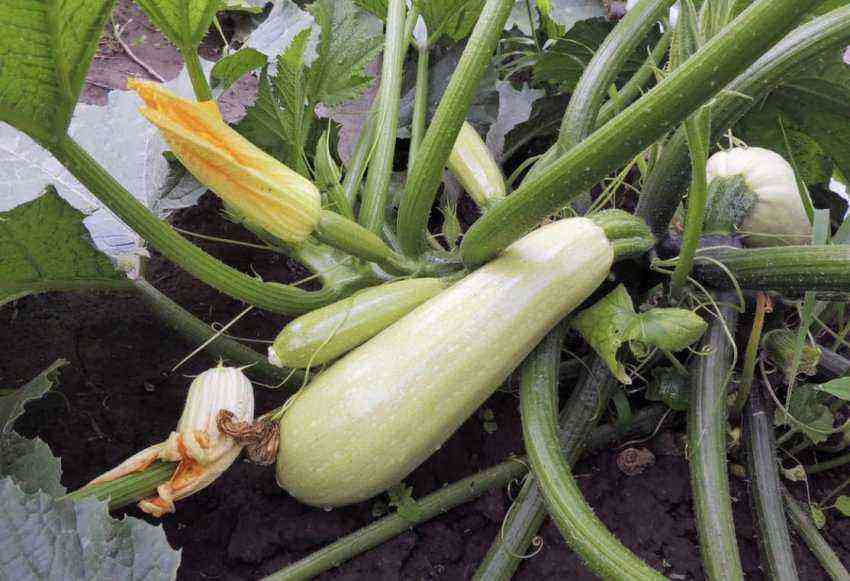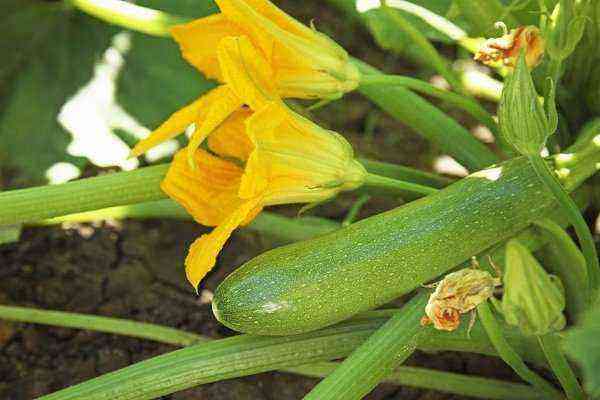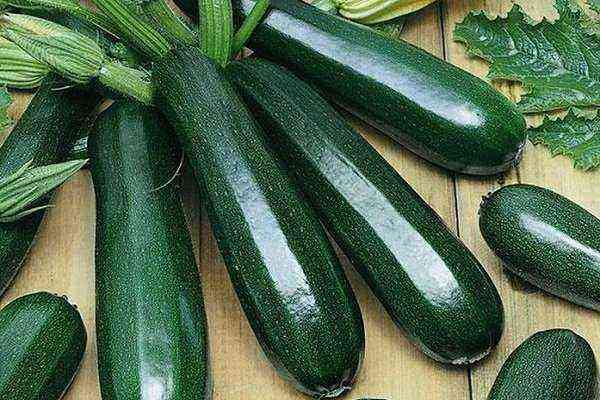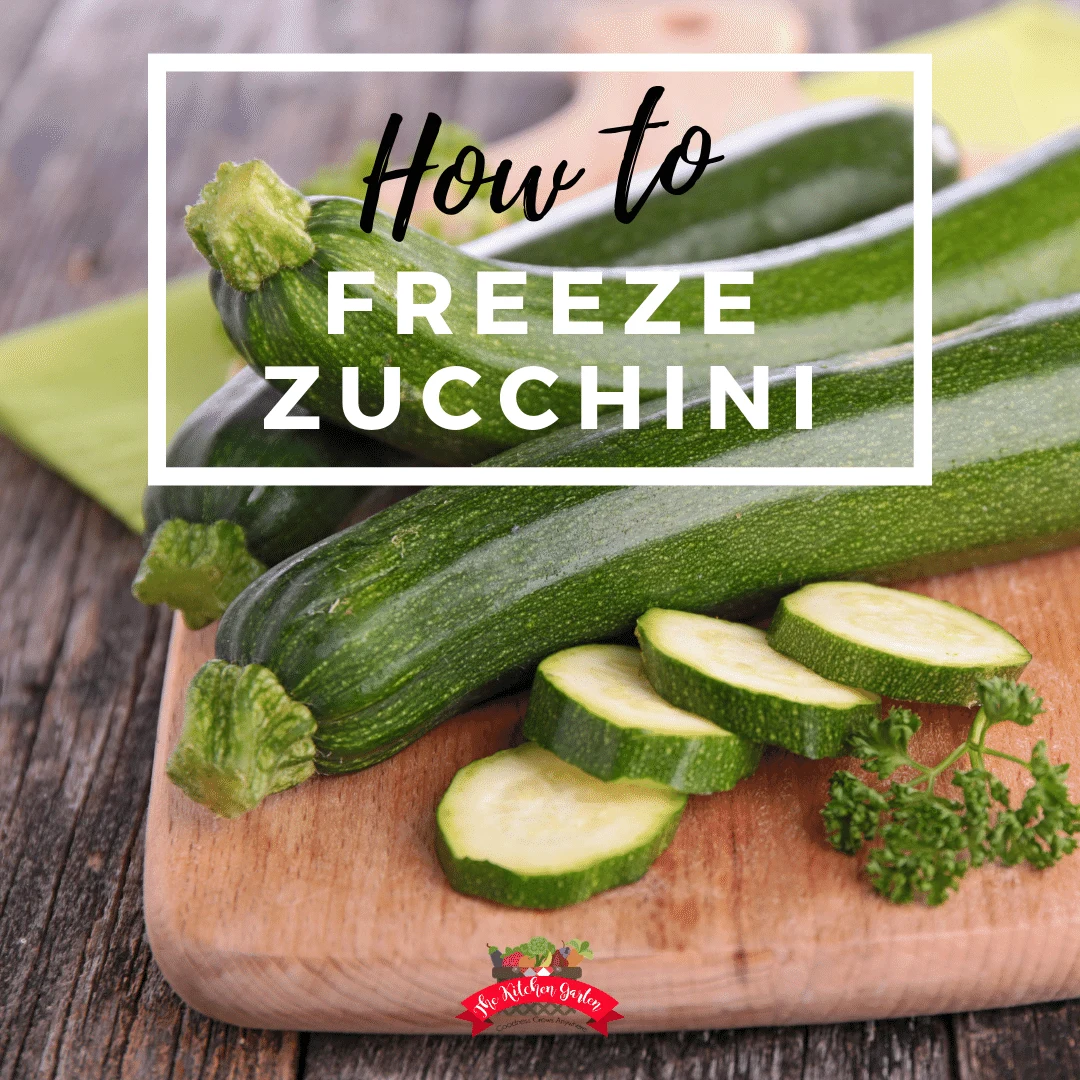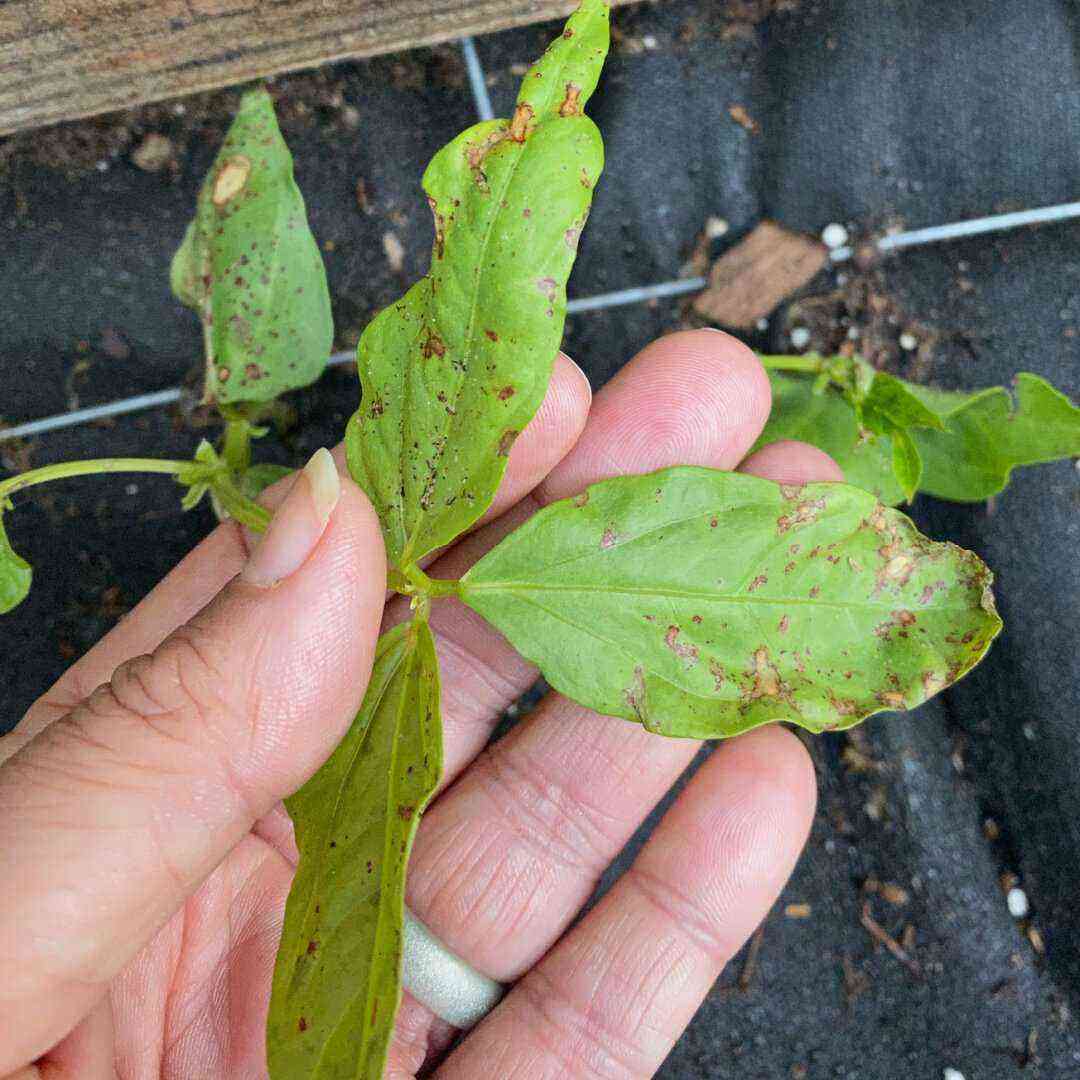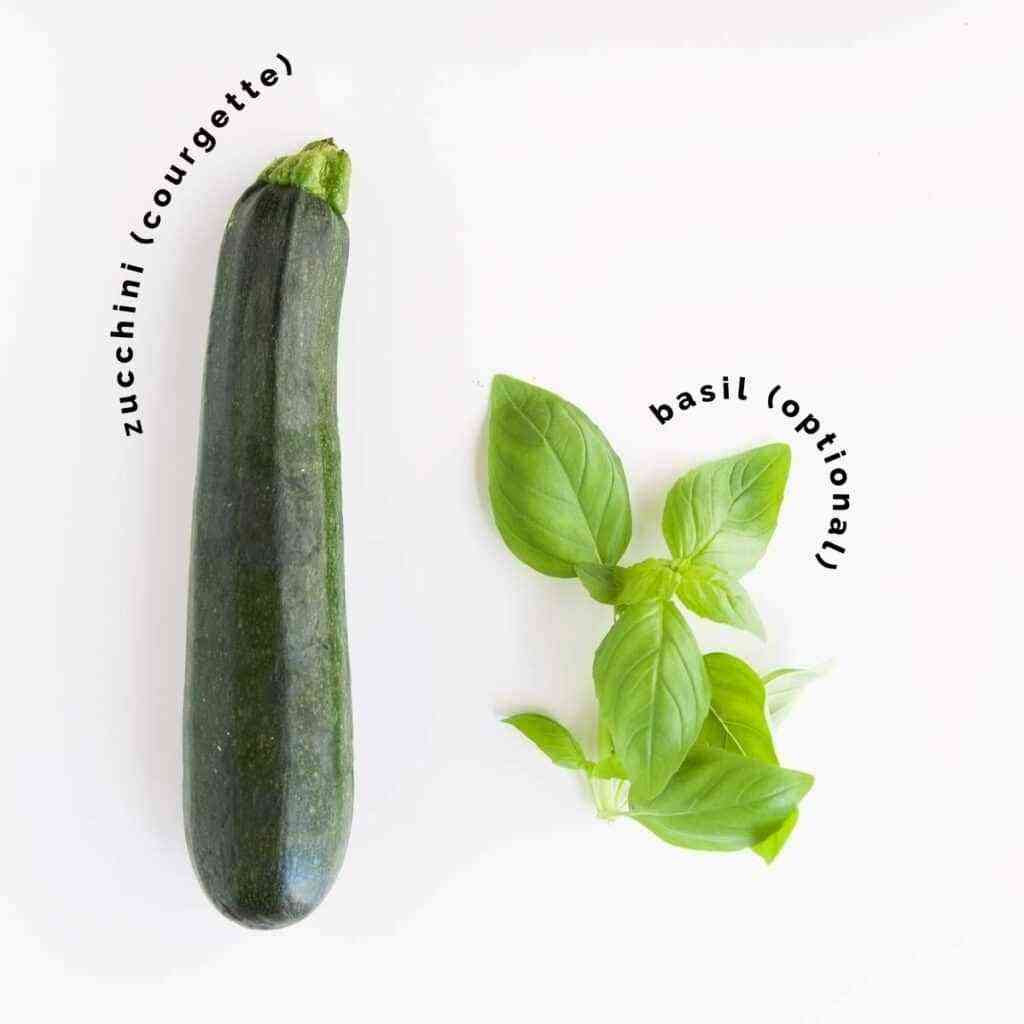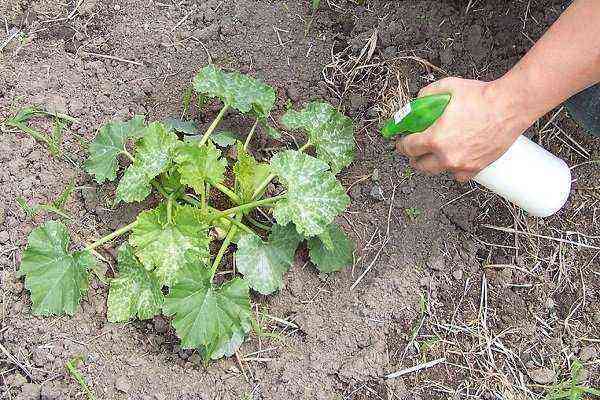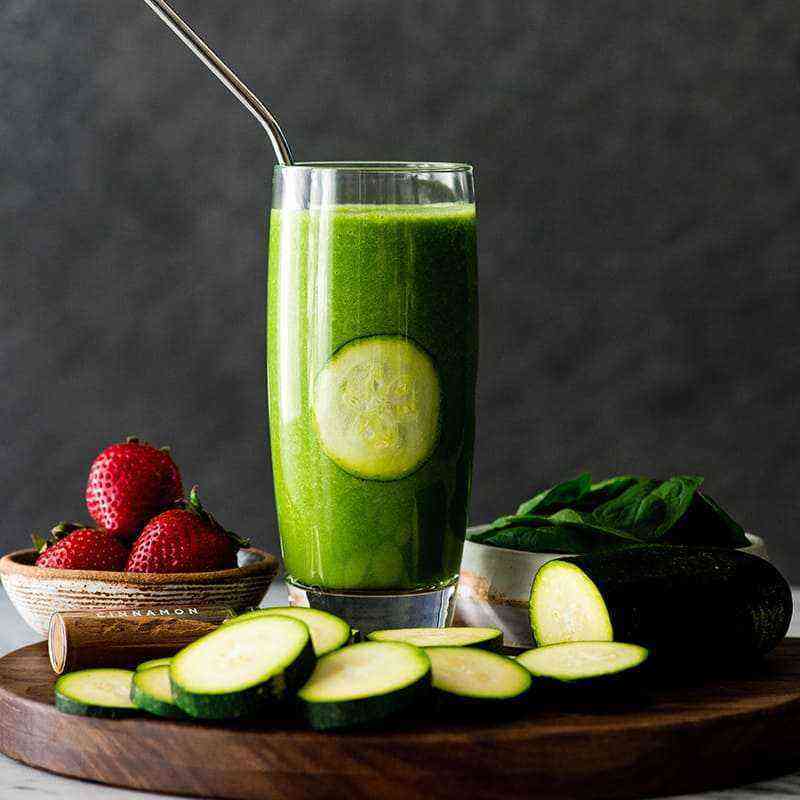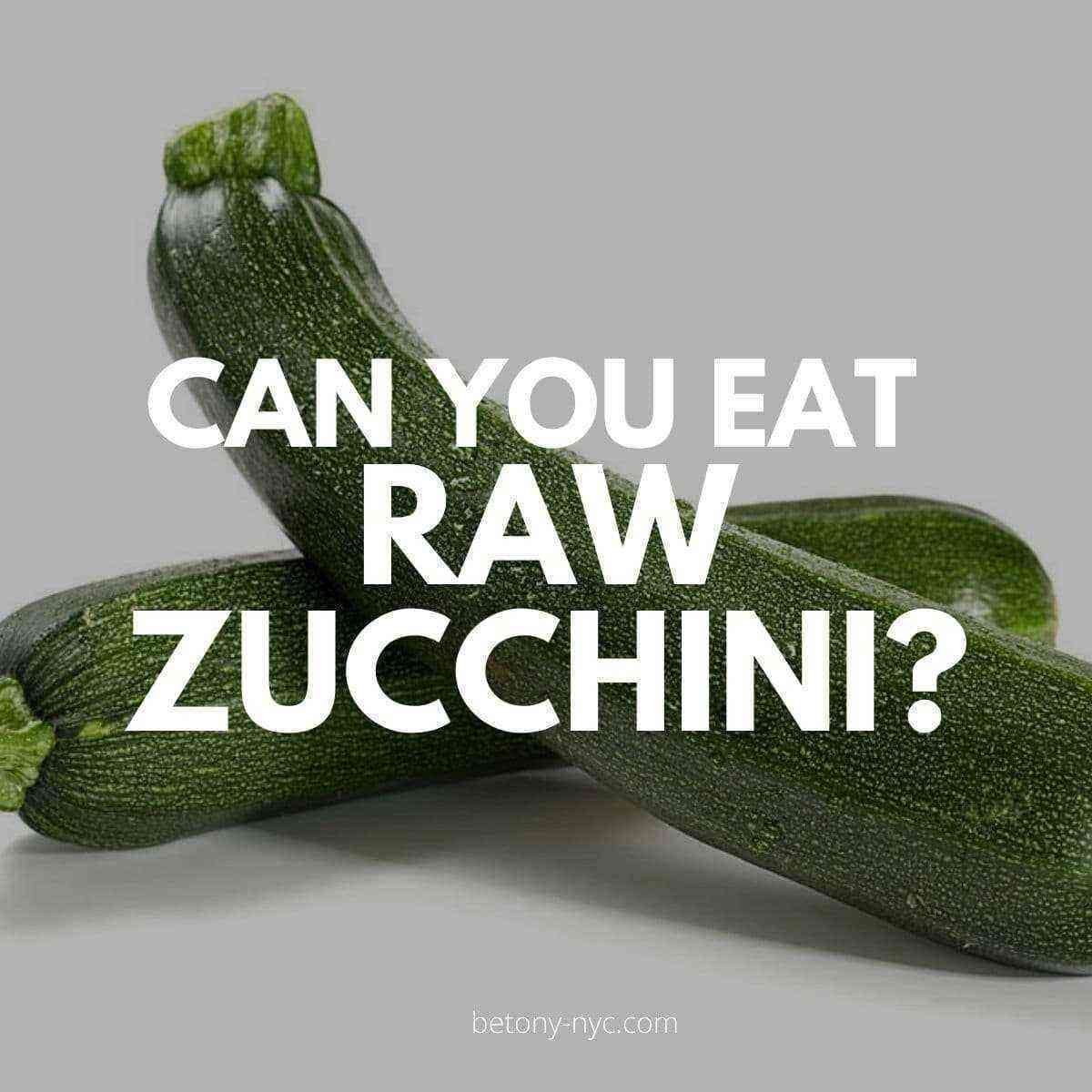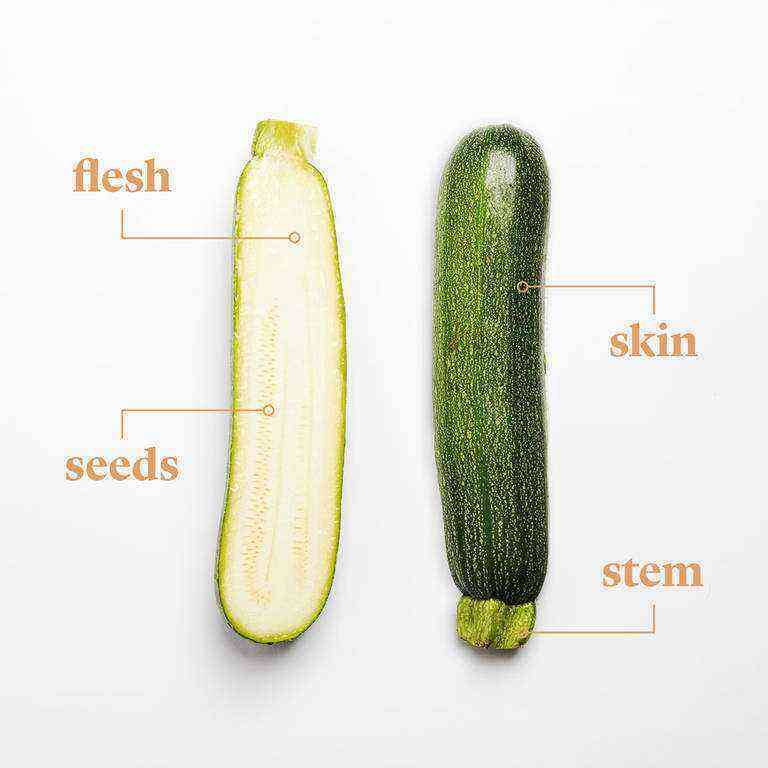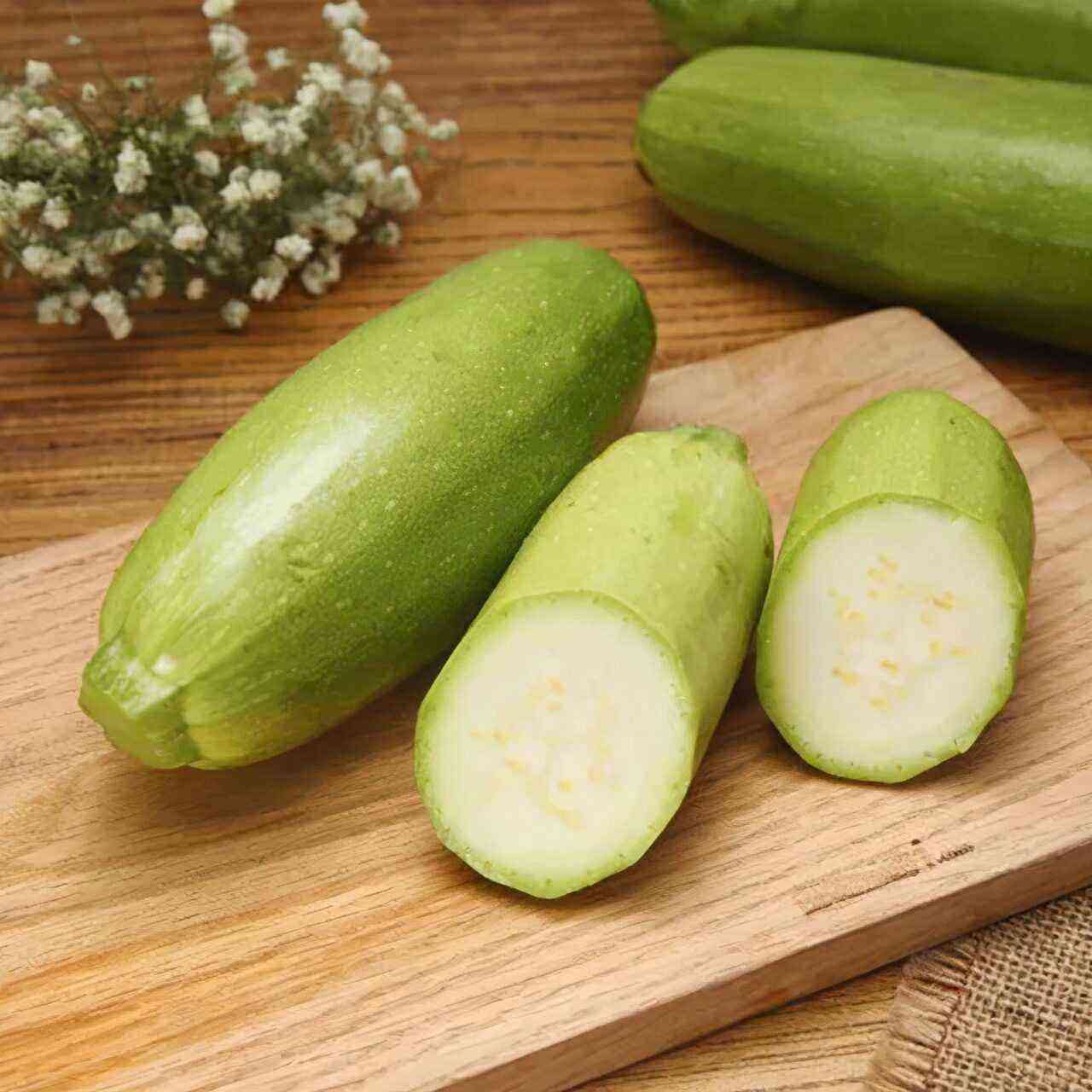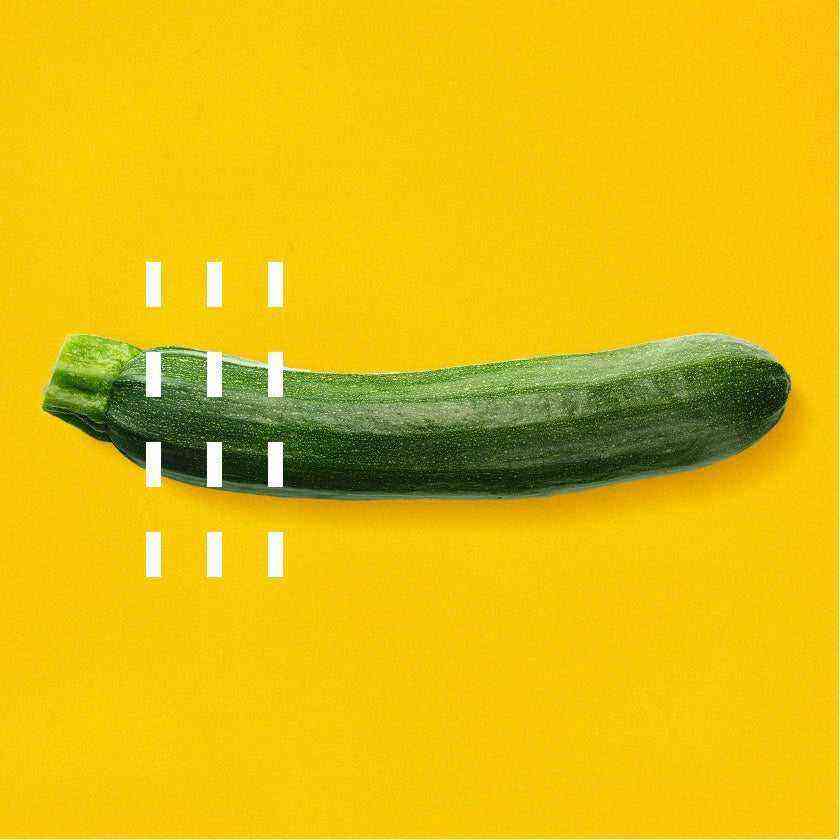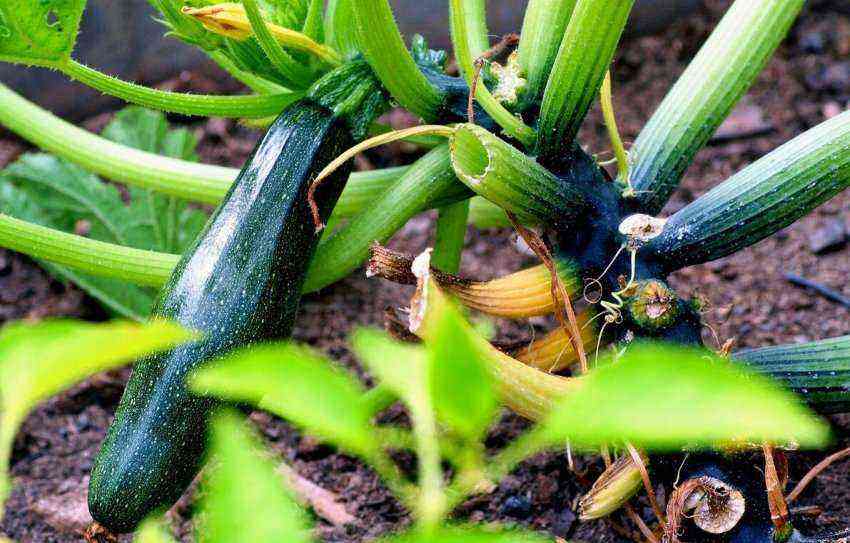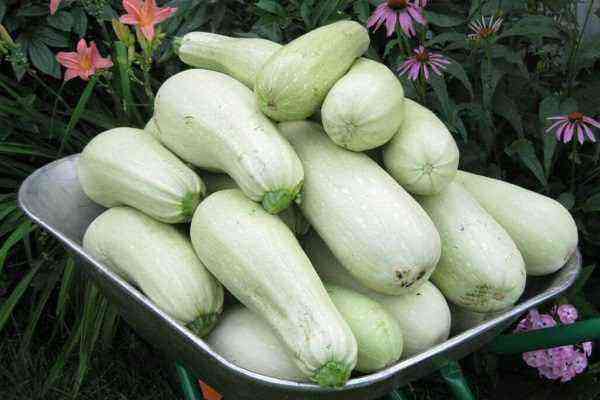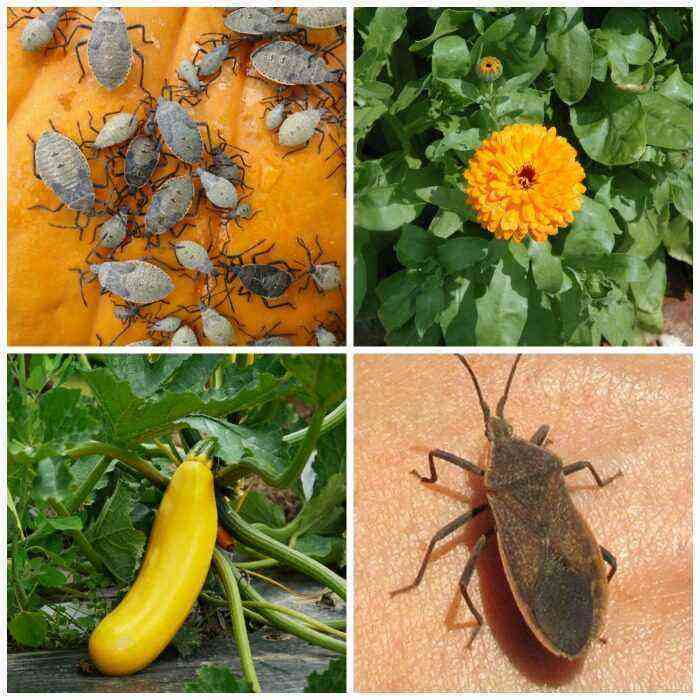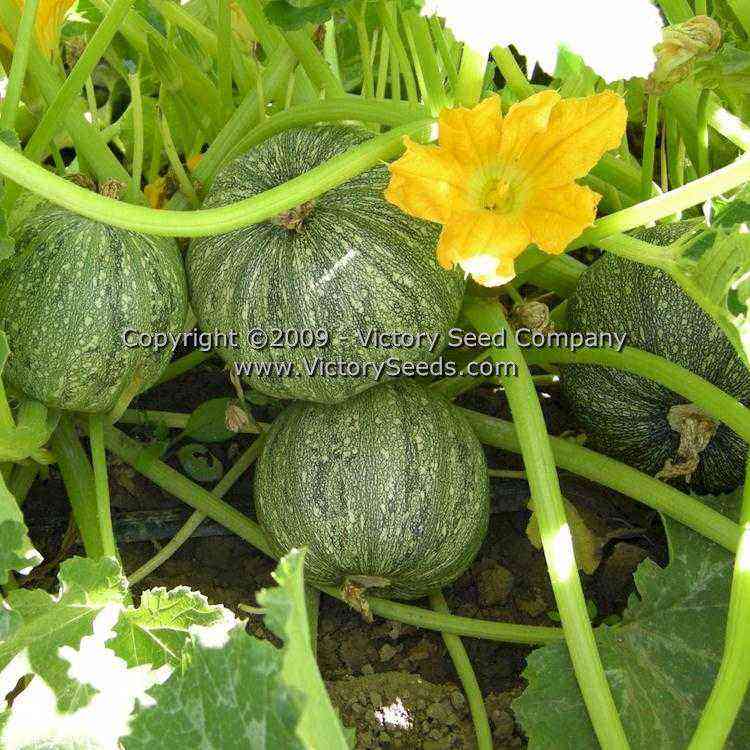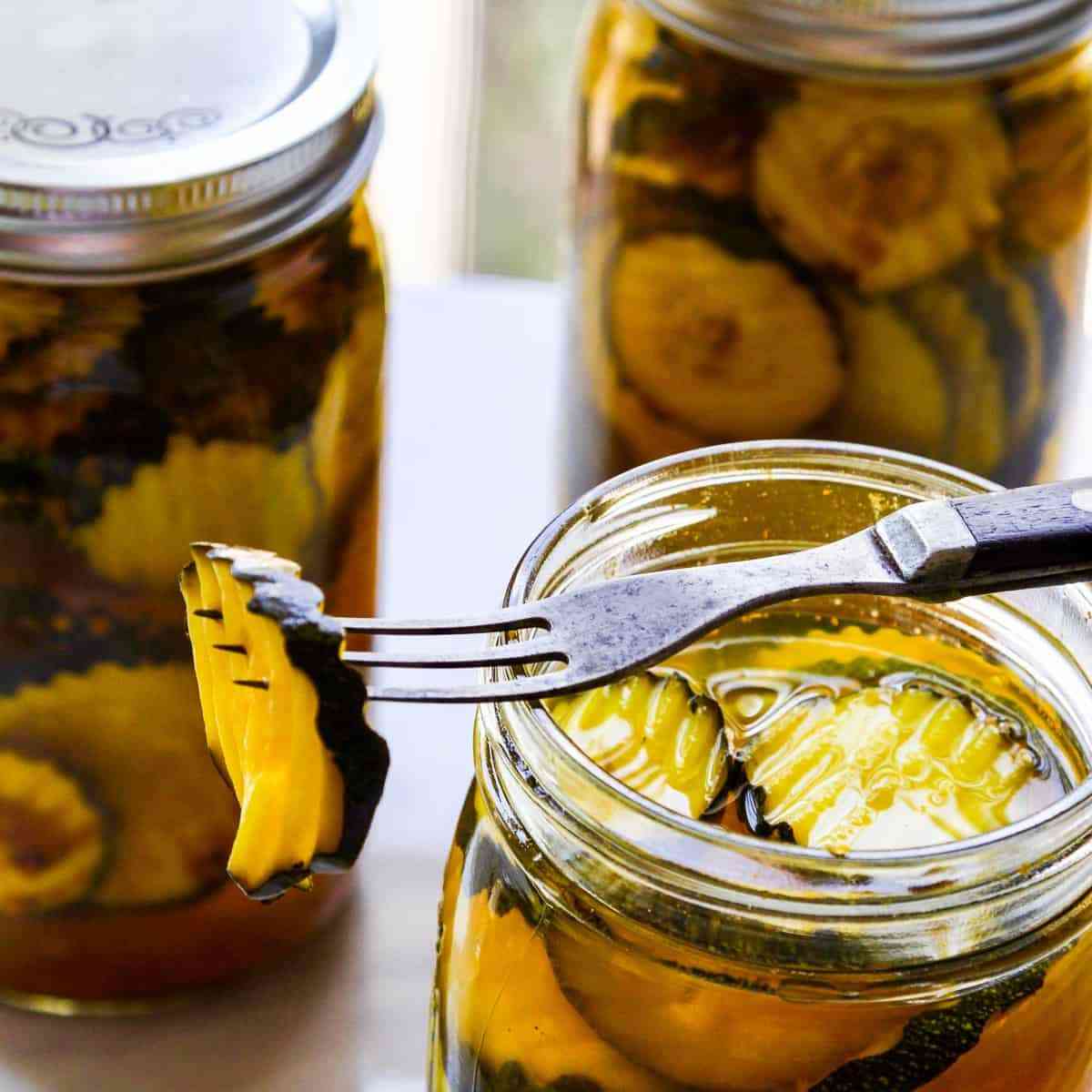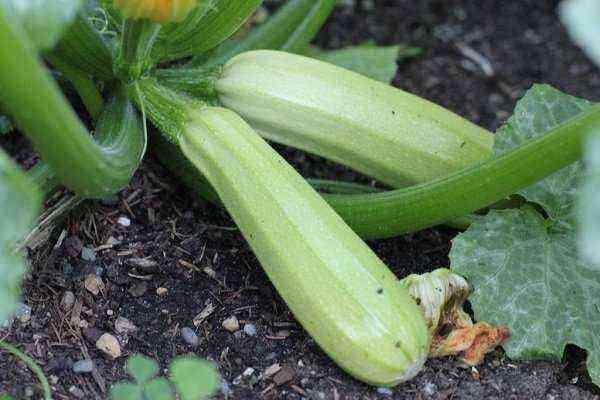Zucchini is a popular vegetable with many health benefits. It is distributed throughout the world and has several dozen varieties. About what qualities of zucchini so appealed to people and what are the features of its cultivation, and will be discussed in this review.
Properties of zucchini
Zucchini is a type of zucchini. To get the best tasting fruits, they are harvested when they reach a length of 10-20 cm. Among the advantages of zucchini – improving digestion, slowing down aging and much more, which provides him with a permanent place in the diet. The nutritional properties of the vegetable are also quite diverse.
Useful Properties
The health benefits of zucchini are many and varied.
- Eating it:
- lowers blood pressure and protects arteries from toxins;
- increases immunity;
- positively affects the metabolism, and with it the work of the intestines, heart, nervous system;
- helps to improve the functioning of the liver and actively participates in the detoxification of the body – thanks to the antioxidant properties, toxins and free radicals are removed from the body, inflammatory processes are removed;
- effectively reduces weight by accelerating metabolism;
- may positively influence insulin levels and other hormones;
- promotes prostate health;
- reduces the frequency of constipation and other pathologies of the digestive process;
- normalizes the work of the digestive organs due to the large amount of electrolytes, fiber, and other nutrients;
- reduces the risk of ulcers, colon cancer;
- lowers blood sugar levels and reduces the risk of diabetes;
- reduces the risk of developing age-related eye pathologies such as glaucoma, cataracts and macular degeneration;
- lowers cholesterol;
- slows down the aging process.
Did you know? The longest zucchini has grown to 2,52 m (Ontario, Canada). The record was set on August 28, 2014. Mr. Scozzafava, who grew the giant fruit, said he did not use fertilizer, but simply watered his plants properly.
Harm
- Zucchini can be harmful for people suffering from:
- irritable bowel syndrome – in them, a vegetable can cause spasm and diarrhea;
- urolithiasis – a high content of folic acid can cause stones in the kidneys and bladder;
- allergy – manifests itself in the form of nausea or itching after using the product.
After angioplasty of the vessels, the vegetable will create an extra load on them, so it is also not advisable to use it. In large quantities, it should not be eaten by pregnant and lactating women.
Description and features of zucchini zucchini
Zucchini is a yellow, light green or green squash. Inside contains pulp with many small seeds. The pulp is soft, white, with a greenish tint; crispy but not watery. It is softer than a regular zucchini, and the seeds are smaller.
Appearance and taste
Outwardly, the zucchini is somewhat different from the usual zucchini: it is smaller in size and can have several different types of colors. In shape, it is more like a cucumber. Some varieties may be round or bottle-shaped.
Zucchini is a fairly soft vegetable. The peel is not rough, so it does not need to be removed for cooking. As far as flavor goes, like most vegetables, the flavor will depend on what it’s cooked with. The pulp itself has no taste characteristics.
Often zucchini is served with tomato sauces, herbs, eggplant. They are fried or stewed, which also affects the taste of the dish.
Advantages and disadvantages
- Zucchini has a lot in common with other zucchini, but there are differences:
- it is less high-calorie (only 33 calories per 100 g), therefore it is ideal for diet food;
- contains less starch and sugar (only 3 g), which provides a lower glycemic index and makes it useful for people with diabetes;
- is an excellent source of fiber, minerals and vitamins A, C.
Zucchini is perfectly absorbed by the body, so they are included in the menu for newborns and are recommended as the first vegetable complementary foods. They are also ideal in diet food. We can safely say that this vegetable has no drawbacks.
Did you know? The heaviest zucchini was grown by Bernard Lavery in 1990 (Great Britain). The fetus weighed 29,25 kg.
Varieties of zucchini zucchini
The varietal variety is quite large.
If you select varieties for cultivation, then you need to consider that any vegetables are divided into categories:
- by maturity;
- by purpose;
- according to the method of planting (in a greenhouse or in open ground).
Disease resistance and yield can also be important factors in cultivar selection. When deciding on the number of plants, you need to consider that each of them will need at least 1 m of space for growth. Hybrid varieties can grow quite compactly, so if space is limited, choose a compact variety.
The best varieties:
- Cukesha – This is an elongated zucchini of dark green color with small white spots. It is an early ripe vegetable with a ripening period of 40 days after planting. Perfect for preparing for the winter and used in its natural form. The yield of the variety is 12 kg / sq. m.
- Diamond – This is a dark green zucchini. Refers to early ripe hybrids. Ripens within 40 days. The yield is about 10–12 kg/sq. m. A unique feature of zucchini is the good preservation of the color of the peel during cooking, so dark green Diamond will be an excellent decoration for any salad along with yellow zucchini. The grade is intended for cultivation in an open ground.
- Zebra differs in characteristic coloring, early term of maturing (37-45 days) and compactness. From one square meter you can harvest 10-12 kg. This is a bushy variety.
- Grade Black actually not black, but dark green. It is popular because it bears fruit already for 30 days. Excellent taste qualities are complemented by good keeping quality of the harvested crop. Black can be stored in a dry place for several months. Yield up to 10 kg per plant.
Peculiarities of growing
The vegetable prefers good fertile soil, in which a large amount of compost has been added before planting. It can grow both in greenhouses and in open ground.
Did you know? The taste of small and medium zucchini is much better than the taste of large ones. Dark zucchini is much more nutritious than light zucchini.
For planting, you will need a plot with dimensions of at least 1 sq. m per bush. In a limited space, you can use a grid for vertical support.
Soil preparation and planting dates
The ideal place to plant will be an area in which the vegetable receives enough sun and room to grow. The site should be illuminated for at least 10 hours a day. The soil should be moist, but not damp; it is desirable that it passes moisture well.
Alumina can be improved by mixing with sand in the area where the plant will be planted. Artificial drainage is also created when landing on an embankment – by increasing the distance between the roots and groundwater.
Zucchini is a summer vegetable, so cold soil and frost can kill it. The optimum temperature for growth is + 22 ° С … + 24 ° С, and for planting in the ground – at least + 15 ° С. Usually planting is carried out immediately, as soon as the spring frosts end.
Gardeners often use a heap (hilly) form of planting. In this case, 2-3 plants are planted nearby so that the flowers have the opportunity to be pollinated. Each flower is open only for 1 day, and if it is not pollinated by insects or wind, there will be no harvest.
You can practice planting in 2 stages: the first is carried out in the spring, in May, with seeds of early varieties, and the second after the first harvest. This will increase the productivity of your site.
Seeds are planted to a depth of 2 cm. If planting is carried out “on a hill”, you will need to plant 4-5 seeds nearby. When planting in rows, 2 seeds are planted in one hole with a distance of 1 m between them.
Aftercare
When the zucchini begins to grow, it will not need much care. Zucchini do not need fertilizer, as they can grow on low-enriched soils. After seed germination, weeds are removed around the trunk and this area is covered with mulch.
Once a month, you can apply a balanced fertilizer in liquid form. Composition: nitrogen, potassium and phosphorus in equal proportions. Application rate – according to the instructions on the package.
If diseased or damaged parts of the plant are found, they must be removed to prevent the spread of the disease and promote the normal development of the plant.
Flowers must be pollinated in order to bear fruit. In the absence of pollinating insects, you need to help the process yourself: for this, a male flower with a long stem needs to wipe a flower with a stamen in the center. Growing several plants side by side promotes wind pollination.
Terms of maturation
The crop ripening period is 38–50 days, depending on the variety. Early zucchini should be ready at 37-39 days, medium – at 40-45, late – at 50. Ideally, fruit picking can begin when they have reached a size of 15-20 cm.
If they are not harvested, they become harder and less tasty.
Important! If you want to slow down the ripening process of the next batch of fruits — just leave a few zucchini unharvested on the bush.
Collection and storage of fruits
To harvest the fruits, you need to cut them with a sharp knife. You need to cut off at the point where the fruit is attached to the stem – so as not to damage the zucchini itself. You will be able to harvest fruit before the first frost if the plants are pollinated.
Possible growing difficulties
The main problem of zucchini are pests. There are few of them, but they have to be actively fought. Among the main pests: moths, spider mites, aphids, whiteflies.
Moth moths appear in late June – early July. The primary task of butterflies is to lay eggs. After hatching, the larvae burrow into the stem and begin to feed on it. This reduces the supply of fluid that nourishes the fruit, which causes wilting.
It is quite simple to interrupt the cycle of the appearance of the moth: you just need not to plant zucchini for 1 year. The absence of plants will lead to the death of the pest. Another effective folk pest control method is to wrap a piece of aluminum foil around the base of the stem.
You need to cover with foil about 6-8 cm of the stem where it comes out of the ground. The larvae do not gnaw through the foil.
To protect plants from insects, spray regularly with a solution of insecticidal soap or a special insecticide against a detected pest. Usually 2 treatments are carried out: the first removes all existing pests, and the second is designed to remove the next generation hatched from the laid eggs.
The second treatment is carried out 4-5 days after the first.
Courgettes are susceptible to powdery mildew, bacterial wilt, downy mildew, yellow mosaic virus and gray mold. Any of the diseases becomes fatal for the plant. The best way to prevent is to create the proper conditions for the plant to grow.
Zucchini should grow in a sunny location, get weekly watering to the root zone, and have plenty of free air circulation around.
The root cause of bacterial infection is sucking insects: bacteria enter the bushes in places damaged by them. Therefore, pest control is the second part of mandatory disease prevention measures.
Did you know? The Italians developed the modern zucchini from a pumpkin brought from colonial America, which is why some recipes refer to it as Italian pumpkin.
Recommendations for use in cooking
By itself, zucchini is pretty tasteless. And to give it a taste, the fruits are fried, stewed, boiled and served with sauces, herbs, spices.
Here are some zucchini cooking ideas:
- cut the zucchini into sticks and eat with julienne, or make a salad out of it;
- cut the fruits into slices and boil in a double boiler and eat as a salad, seasoning it as you wish;
- the best cooking method is to fry in oil;
- When frying, you can add herbs and spices to your taste.
For frying, use sunflower or coconut oil, it retains its qualities at high temperatures. And for salads – olive oil. You can not fry on it, as it will lose its useful qualities.
You can also grill the zucchini or try baking it in the oven. Serve with cheese, cashews, olives, chopped cherry tomatoes or any other toppings.
It should be noted that zucchini flowers are used in salads; they are also served with pasta. But by collecting flowers, you will lose a corresponding part of the fruit crop.
Zucchini is one of the most unpretentious vegetables, which also has a lot of useful properties. These qualities make it a desirable product in the summer diet. Grow it, enjoy original dishes and get benefits for the body.

